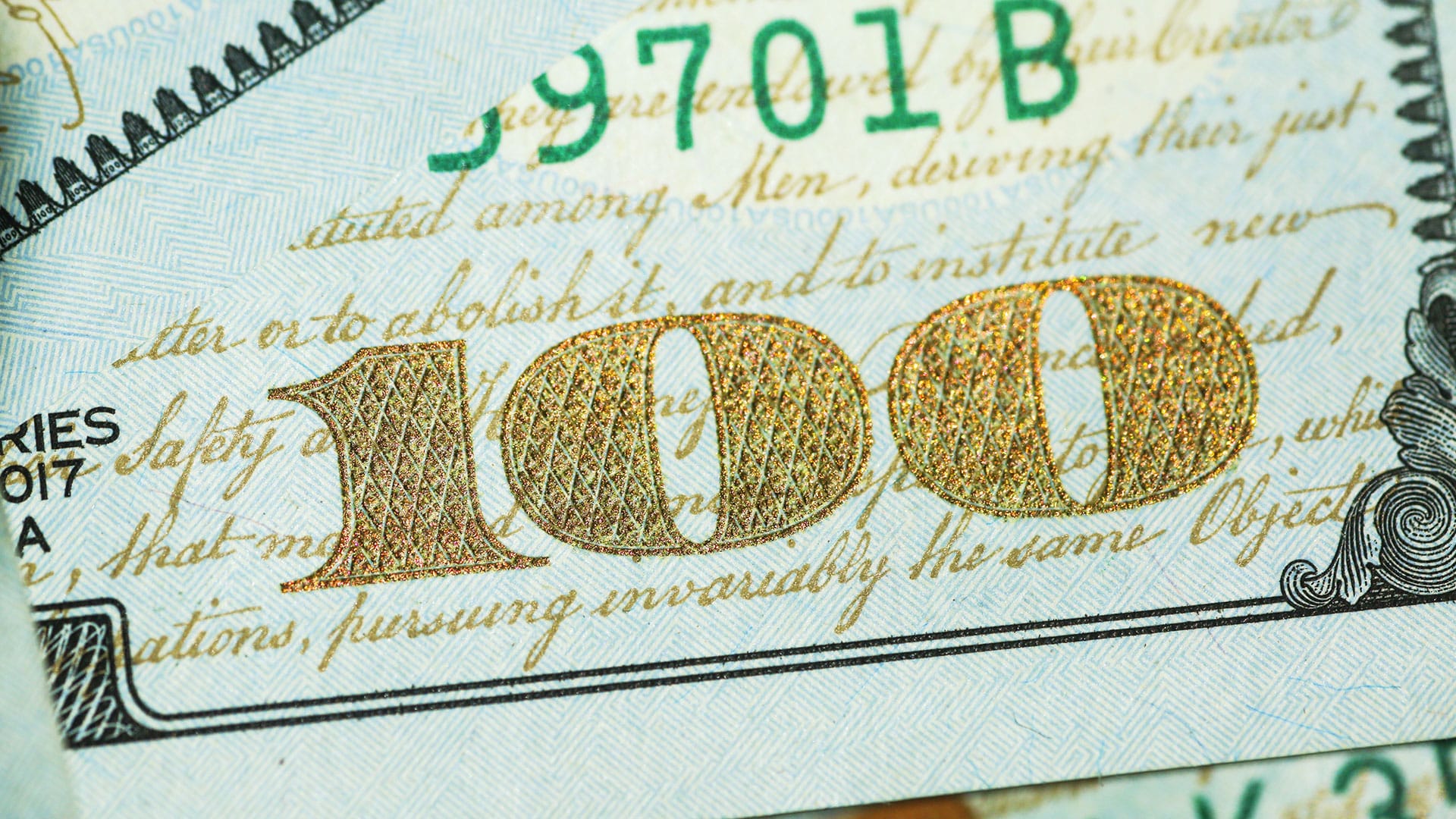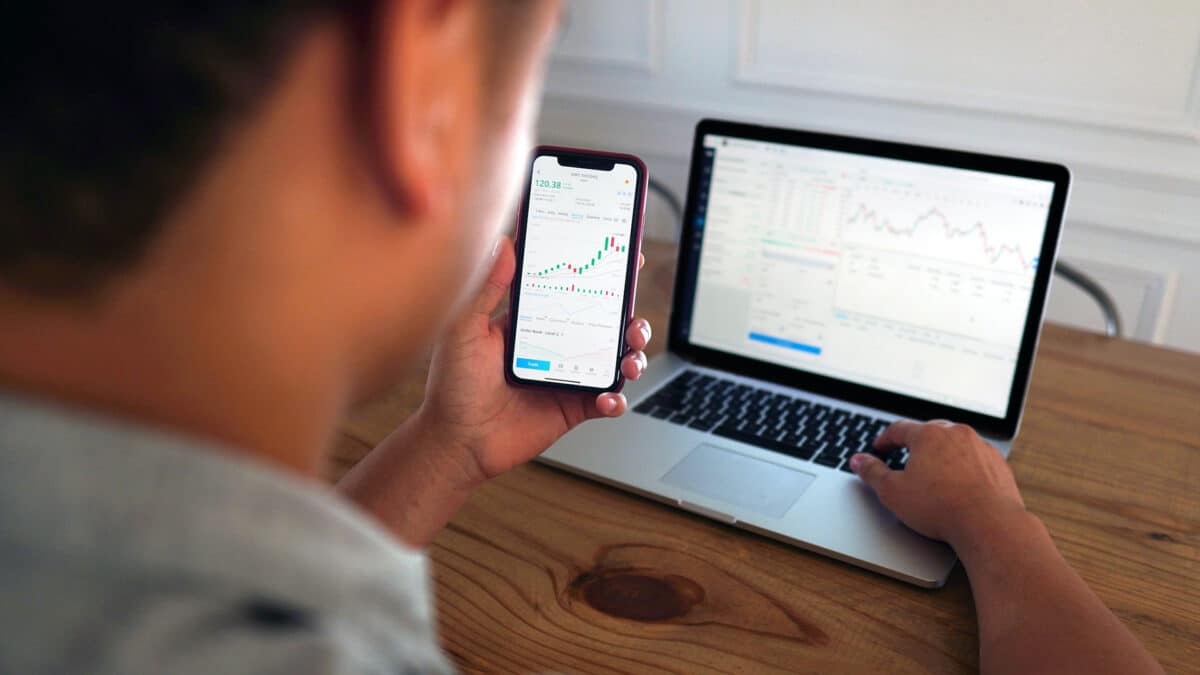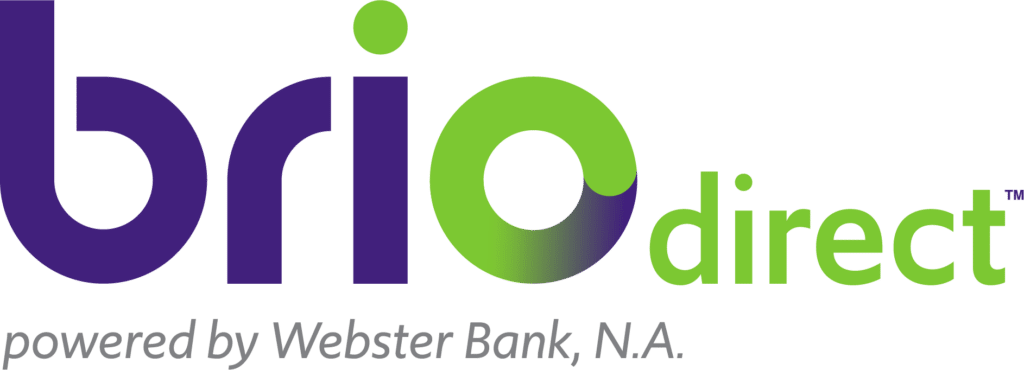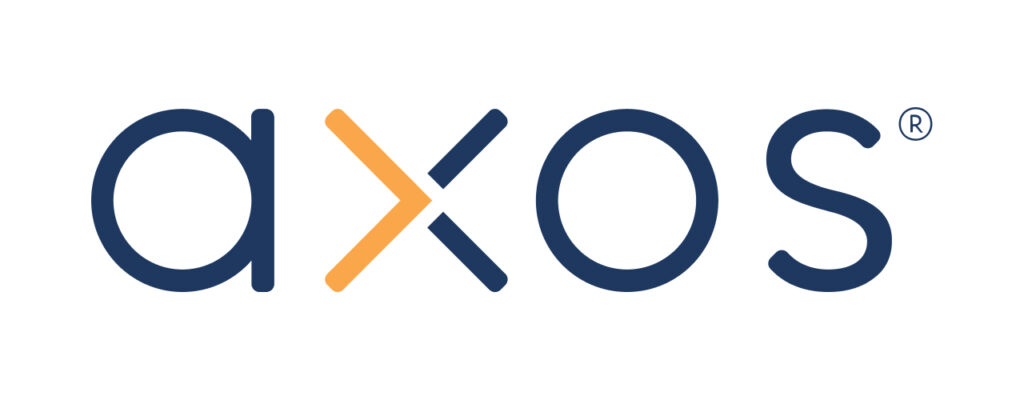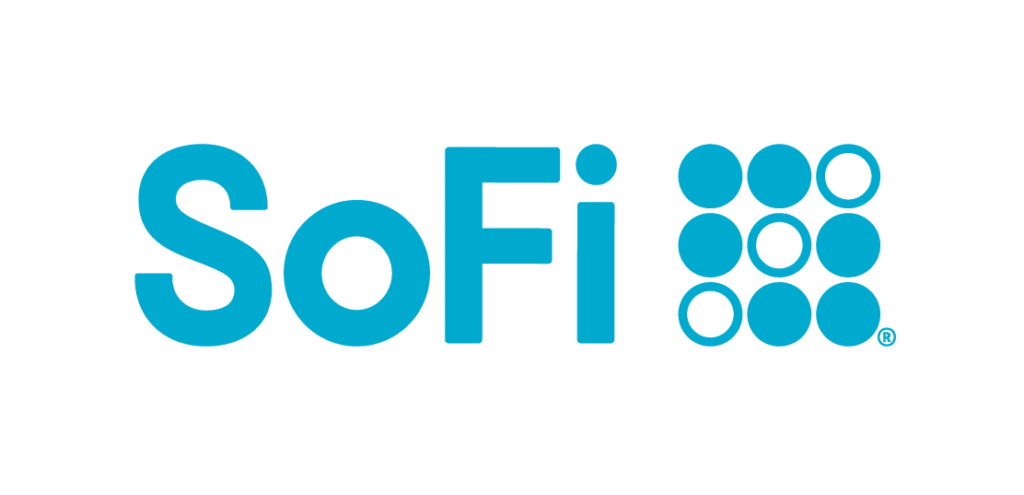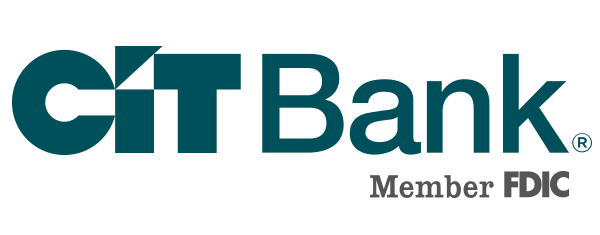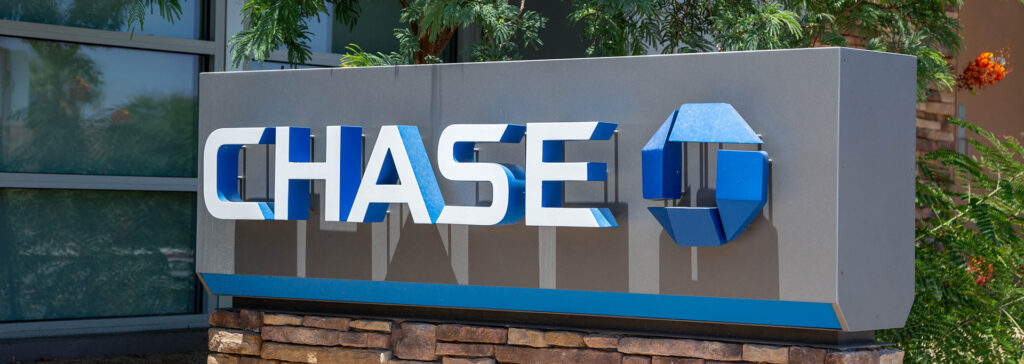Most products on this page are from partners who may compensate us. This may influence which products we write about and where and how they appear on the page. However, opinions expressed here are the author's alone, not those of any bank, credit card issuer, airline or hotel chain.
Non-Monetized. The information related to Chase credit cards was collected by Slickdeals and has not been reviewed or provided by the issuer of these products. Product details may vary. Please see issuer website for current information. Slickdeals does not receive commission for these products/cards.
INVESTMENT AND INSURANCE PRODUCTS ARE: NOT A DEPOSIT • NOT FDIC INSURED • NO BANK GUARANTEE • MAY LOSE VALUE
Building long-term wealth takes time and patience. Yet, many people put off investing because they believe you need tens of thousands of dollars to get started. But here's the good news: You don't need to be wealthy to invest. In fact, you can become an investor with $100 or less.
Many "everyday people" start small and, over time, watch the return on their investments grow. This is especially important with the inflation increase we've seen recently. You'll want to protect the value of your assets and wealth over time, and the most important step is to just get started.
11 Ways to Invest $100
Here are 11 ways you can invest $100 to build wealth. Scroll down to learn more about each:
- Build a portfolio
- Trade fractional shares
- Earn interest with a high-yield savings account
- Start an emergency fund
- Save for a child's education
- Start a brokerage account
- Open a robo-advisor account
- Consolidate and pay off debt
- Start a retirement account
- Peer-to-peer lending
- Consider cryptocurrency
How Long It Takes to Reach Six Figures with $100
An investment calculator can estimate how long it will take to build wealth over time and reach six figures when you contribute $100 each month into an investment account.
Here's an example of how investing $100 can grow over time:
- With a 4% rate of return, you could reach $100,000 in 37 years
- With a 6% rate of return, you could reach $100,000 in 30 years
- With an 8% rate of return, you could reach $100,000 in 25.5 years
- With a 10% rate of return, you could reach $100,000 in 22.5 years
If you can spare $100 a month for your future, here are some ways to invest that money.
Build a Portfolio: Fractional Shares, ETFs and Bonds
Pros
- Personalize and diversify your portfolio
- Trading is often simple
- Money can be quickly accessed
- Low cost and free brokerage options available
Cons
- Stocks can be high risk
- Market can be volatile
- Low returns and no guarantee of returns
A popular option is to build a diverse portfolio by investing in fractional shares, exchange-traded funds (ETFs) and bonds. With different types of investments, you’re protecting yourself from volatility because you aren’t putting all of your eggs into one basket.
A diverse investment portfolio can include:
- Fractional shares let you acquire a portion of a stock, rather than a full share. For instance, you may not be able to afford an entire share of Apple, but you may be able to invest with as little as $1.
- An ETF is composed of a variety of stocks and bonds. Many ETFs trade specific indexes, such as information technology.
- Bonds essentially let people lend money to governments or corporations in return for interest paid on the bond. Compared to ETFs, bonds are generally considered lower risk but offer a smaller ROI.
All three of these investments have varying levels of risks and interest rates. You can choose riskier investments to hopefully earn more interest or go for a more stable option if you are a beginner at investing in stocks.
Just Trade Fractional Shares
Pros
- Personalize and diversify your portfolio
- Trading is often simple
- Money can be quickly accessed
- Low cost and free brokerage options available
Cons
- Stocks can be high risk
- Market can be volatile
- Low returns and no guarantee of returns
The stock market can be good option if you’re looking to invest for several decades. However, if you need to grow your $100 right away, don’t use the stock market, because it tends to go up and down frequently.
With $100, you could buy a few shares of a company with a lower stock value or purchase fractional shares of high-revenue companies. Many micro-investing apps allow you to get started with just $1. Just be sure to review the service for any trading fees or monthly fees that may impact your earnings.
Earn Interest With a High-Yield Savings Account
Pros
- Higher interest rates
- Low to no opening deposits
- Little to no risk
Cons
- Comparatively low ROI
- Rates can change frequently
If you have $100, you can put it into one of the best high-yield savings accounts or a certificate of deposit (CD) and let it blossom for a short or long time. You may need to put a minimum amount into your account or pay monthly or ATM fees, which can quickly eat into your savings. CDs may also tie up your money for a fixed period due to early withdrawal penalties, so make sure you won't need this money in the short term.
Quick Tip
Interest on a high-yield savings account can change at the discretion of the bank. If you notice you’re earning less interest, you can ask the bank why or if there’s anything you need to do to increase your APY.
Also, some accounts require a large minimum balance to earn higher APYs, so watch for that.
Recommended High-Yield Savings Accounts
| Bank Account | APY | Minimum Deposit | Learn More |
|---|---|---|---|
|
| 4.00%
*Annual Percentage Yield (APY) is variable and is accurate as of 11/19/2025. Rate is subject to certain terms and conditions. You must deposit at least $5,000 to open your account and maintain $25 to earn the disclosed APY. Rate and APY may change at any time. Fees may reduce earnings. | $5,000 | Open Account |
|
| Up to 4.31%
Earn up to 4.31% APY on savings, and 0.51% APY on checking when you meet requirements. | N/A | Open Account |
|
Member FDIC | 0.50% - 3.60%
SoFi members with Eligible Direct Deposit can earn 3.60% annual percentage yield (APY) on savings balances (including Vaults) and 0.50% APY on checking balances. There is no minimum Eligible Direct Deposit amount required to qualify for the 3.60% APY for savings (including Vaults). Members without Eligible Direct Deposit will earn 1.00% APY on savings balances (including Vaults) and 0.50% APY on checking balances. Interest rates are variable and subject to change at any time. These rates are current as of 11/12/25. There is no minimum balance requirement. Fees may reduce earnings. Additional information can be found at http://www.sofi.com/legal/banking-rate-sheet. Annual percentage yield (APY) is variable and subject to change at any time. Rates are current as of 11/12/25. There is no minimum balance requirement. Fees may reduce earnings. Additional rates and information can be found at https://www.sofi.com/legal/banking-rate-sheet | N/A | Open Account |
|
| 3.75%
Platinum Savings is a tiered interest rate account. Interest is paid on the entire account balance based on the interest rate and APY in effect that day for the balance tier associated with the end-of day account balance. *APYs — Annual Percentage Yields are accurate as of November 20, 2025: 0.25% APY on balances of $0.01 to $4,999.99; 3.75% APY on balances of $5,000.00 or more. Interest Rates for the Platinum Savings account are variable and may change at any time without notice. The minimum to open a Platinum Savings account is $100. | $100 | Open Account |
CIT Disclosures
For a complete list of account details and fees, see our Personal Account disclosures.
Platinum Savings is a tiered interest rate account. Interest is paid on the entire account balance based on the interest rate and APY in effect that day for the balance tier associated with the end-of day account balance.
*APYs — Annual Percentage Yields are accurate as of November 20, 2025: 0.25% APY on balances of $0.01 to $4,999.99; 3.75% APY on balances of $5,000.00 or more. Interest Rates for the Platinum Savings account are variable and may change at any time without notice. The minimum to open a Platinum Savings account is $100.
Start an Emergency Fund
Pros
- Low maintenance
- Little to no risk
- Interest-earning potential
- Money can be quickly accessed
Cons
- Comparatively low ROI
- Rates and terms can change
It's a good idea to have an emergency fund that can cover at least three to six months' worth of expenses in case you have an unexpected bill or lose your job. If you only have $100 to put in your emergency fund right now, don’t fret. It’s a good start.
Where to build an emergency fund:
- Money market account: Consider the best money market accounts, which have savings checking features but pay higher interest than a regular savings account. There may be transaction limits or fees, so look into the fine print before investing.
- High-yield savings account: If you prefer the flexibility of a savings account, check out some of the best high-yield savings account to compare APYs and account features.
 Related Article
Related Article
Best Bank Account Bonus Promotions in December 2025
Save for a Child’s Education
Pros
- May have tax advantages
- Easy to contribute and low maintenance
- Some plans offer flexible benefits
Cons
- Little to no financial ROI
- Fees
- Some types of withdrawals may be penalized
If you have a child, you can begin by putting $100 toward their education with a 529 savings plan, which is a tax-advantaged account where you can designate a beneficiary.
Features of a 529 savings plan:
- Can help cover the costs of college and K-12 tuition
- Can go toward other eligibl expenses, like books and tutoring
- In most states, contributions qualify for a state income tax credit or tax deduction.
- You can schedule automatic deposits into your 529 savings account every month to stay on track
You could start your 529 savings plan today with Backer (formerly CollegeBacker).
Start a Brokerage Account
Pros
- Personalize and diversify your portfolio
- Trading is often simple
- Money can be quickly accessed
- Low cost and free brokerage options available
Cons
- Stocks can be high risk
- Market can be volatile
- Low returns and no guarantee of returns
If you have $100, signing up for a brokerage account could be a good way to begin investing. Brokerage accounts are taxable accounts you can use for investments like mutual funds, stocks and bonds. Brokerages help guide you on what types of investments to make. For example, if you don’t want to take on high risk, you could invest in a mutual fund or a bond with reliable and stable returns. If you want to take on more risk, you could invest in a public company on the stock market.
Open a Robo-Advisor Account
Pros
- Getting started is simple
- Guided and automatic investing
- May be good for new investors
- Low cost options available
Cons
- Stocks can be high risk
- Market can be volatile
- Low returns and no guarantee of returns
If you’re new to investing, managing your own accounts can be daunting. Even if you have some experience, you may not have the time or desire to do the research and work to maintain a well-balanced portfolio.
A robo-advisor can be a nice way to build an investment portfolio. Here's how they work:
- Robo-advisors are an inexpensive option to traditional investment managers
- They typically use algorithms and software to manage investments, trade and make stock purchases on your behalf
- Some combine algorithms and human insight to help you maximize your returns
- Most have no or low minimum investment requirements
Robo-advisors like Betterment, Ellevest and Blooom require no minimum deposit to start, so you can begin investing for less than $100.
Using a Micro-Investing App
Micro-investing allows people to get started with lower initial investments. Even small amounts of money can build up over time. Consider using a micro-investment app that offers educational tools to help you understand your risk tolerance and make safer investments. As an example, low-priced stocks (like penny stocks) may seem like a deal—especially when you read online investing forums—but they can be volatile and may be better suited for experienced day traders.
If you determine you have a low risk tolerance, there's nothing wrong with putting your savings to work with a high-yield savings account that offers compound interest.
Consolidate and Pay Off Debt
Pros
- Improve your credit score
- Improve your debt-to-income ratio
- Free up future funds for investing
Cons
- No ROI
- Risk of paying interest with balance transfer cards
Though investments are wonderful, if you have credit card debt or student loan repayment, you’re likely losing more money per month on the interest than you’re gaining in your investment interest.
For example, if your credit card has a 16% interest rate and you’re making 1.05% in interest on your high-yield savings account, then it makes more sense to pay off your debt with your $100—as long as you already have that three to six months’ worth of emergency funds.
One of the smartest ways to pay off your debt fast is to apply for one of the best balance transfer credit cards. With a balance transfer card, you pay zero interest on your balance for a period of time to help you catch up on payments without worrying about interest. Just make sure that there are no extra fees like an annual fee or a foreign transaction fee if you’re traveling.
Start a Retirement Account
Pros
- Employer matching available
- Investment matures tax free
- Fund your retirement years
Cons
- Taxes may be paid up front
- Maximum contributions could be low
If you plan on retiring at some point, then you need a retirement account. Figure out how much you’ll need per year and aim to make that through savings and interest. You could put $100 in an account to start and then add more every month with an automatic transfer.
A few things to know about retirement accounts:
- Tax implications: Compare retirement accounts and their tax benefits and implications before you invest. As an example, once retired, your withdrawals may be taxed as ordinary income, which could possibly put you into a higher tax bracket.
- 401(k) plants: Many companies offer an employer-sponsored 401(k) where you can invest pretax dollars, which lowers your taxable income for the year you invest. Some employers match contributions up to a certain amount, which is free money for you.
- Roth IRAs: With a Roth, you invest after-tax dollars so your investments can blossom tax free. If you work for a company with a 401(k), take advantage of it as soon as you can.
Peer-to-Peer Lending
Pros
- Potential for higher rate of return than a CD or savings account
- Passive online platform
Cons
- Risk of borrower defaulting on the loan
As a borrower, peer-to-peer lending (P2P) is an alternative to banks that allows you to borrow money directly from peer lenders. As an investor, P2P lending platforms give you an opportunity to fund a portion of these loans.
When investors open an account with a P2P platform, their deposits are dispersed into various loans. Essentially, you lend your money and get paid back in interest.
While every investor's risk varies depending on the borrower, P2P has the potential to earn a higher rate of return. For example, if your $100 is split between four loans, you diversify your risk and may earn a higher ROI through interest payments.
Check Out Cryptocurrency
Pros
- Accessible investment option
- Instant transfers
- Potential high return on investment
- Way to diversify portfolio
Cons
- Highly volatile investment
- Lack of government regulation
- Not widely accepted for payment
Cryptocurrency is a type of digital currency that has gained popularity over the last few years. There are countless cryptocurrencies available now of varying popularity and value. Since crypto investing is still a new form of investing, there are hurdles when it comes to government and banking regulations.
Cryptocurrency trading can be volatile compared to other investments. With value often determined by supply and demand, prices can rise or drop significantly within the same day. But it can also be a lucrative venture. Unfortunately, crypto isn't widely accepted for payment but continues to make headway.
Quick Tip
Crypto can can be susceptible to scams. The Consumer Financial Protection Bureau and Federal Trade Commission have issued warnings about cryptocurrency scams because crypto has fewer protections than other investments.
Tips for getting started with crypto:
- Research and choose a reputable exchange or broker
- Some exchanges let you get started with low minimum deposits and allow fractional shares
- Like any investment, start slow until you have a better idea of how it works
Bottom Line
You can do a lot with just $100. With the right strategy in place, over time, that money could grow, helping save up for the things that matter most to you in life.
